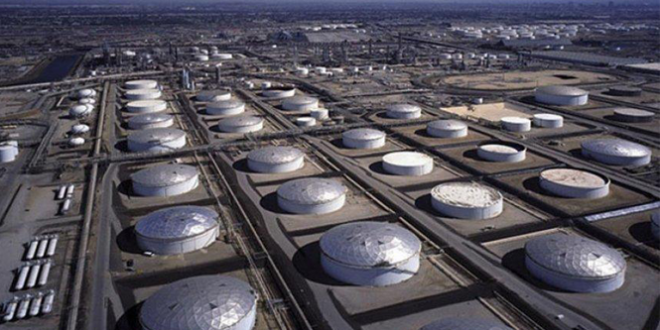A surge in U.S. crude oil exports is changing the face of the global market and how oil is priced, with the price of U.S. crude gaining weight against other benchmarks.
This is what traders and analysts have observed this year, as Europe became a major destination for U.S. oil as it sought to replace sanctioned Russian barrels. But Asia has been receiving more U.S. oil, too, because of its competitive pricing, Reuters reported, citing trade industry insiders.
Earlier this year, in February, the number of oil swaps linked to oil produced in Texas hit a record. As of early 2023, the number of such swaps in total also sat at a record and has likely increased further since.
In June, WTI Midland was added to the Brent basket of crude oil grades that is used as a benchmark for pricing the world’s most traded oil contract. Plans to add it to the Brent basket had been underway for some time but were only finalized this year as the surge in U.S. production coincided with a stable decline in the output from the five fields that comprised the original Brent.
These developments were made possible by the shale revolution that turned the United States into the world’s biggest oil producer and a major exporter, especially since last year when the European Union embargoed Russian crude oil and fuels. And because U.S. crude is so competitive, it is probably going to gain further ground on international markets.
“As Midland becomes more and more important in the dated Brent assessment, it has a knock-on effect on other grades having to price themselves lower to compete with WTI Midland,” Reuters quoted Vortexa market analyst Rohit Rathod as saying.
The reason Midland is becoming more and more important in the dated Brent assessment is, again, the volume of U.S. crude being shipped abroad, which has averaged over 4 million barrels daily since the start of the year.
The pricing power that U.S. crude has acquired over Brent and, through the abovementioned knock-on effect on other benchmarks as well makes these benchmarks more vulnerable to production swings in the U.S. Analysts noted this was to be expected when WTI Midland was added to the Brent basket as was a greater influence of U.S. politics on global oil prices.
Yet politics aside, the growing clout of U.S. oil means that any downward change in U.S. production would have an upward effect on global prices and vice versa. For instance, the recent streak of drilling rig declines as reported by Baker Hughes, suggests flattening oil production.
Separately, Reuters’ John Kemp recently reported that production growth in May compared to April was a meager 19,000 bpd, excluding the Gulf of Mexico—a further suggestion that U.S. oil production growth may be slowing down because of the price slump from earlier this year.
At the same time, however, Bloomberg reported last week that some shale majors have been revising upwards their production targets for the year. Per the report, the reason for the revisions was not the recent oil price improvement. It was a boost in well productivity that few appear to have expected.
The news is a reversal of last year’s sentiment among some industry executives who worried that shale wells are underperforming in terms of productivity, raising questions about the longevity of the shale boom. Now, it turns out that what seemed like the inevitable is not, in fact, inevitable.
Trends and developments like the above would have normally affected U.S. prices more than any other benchmarks. Since this June, this is no longer the case, and whatever happens in the U.S. shale patch also affects the price of oil in Europe and the Middle East as well to a much more substantial degree than before.
All this appears to be good news for oil buyers. According to the traders who spoke to Reuters for the abovementioned report, the abundance of U.S. oil internationally and its competitive pricing is essentially putting a sort of a cap on other producers’ prices as well.
As Saudi Arabia raises its oil prices yet again amid curbed production, WTI could become even more attractive to refiners in Asia and Europe. However, this increase in attractiveness would only be to a certain degree: the Saudis are curbing the supply of medium sour crude, which WTI is not. And sour crude prices have recently surged regardless of increased U.S. exports globally because demand has been outstripping supply.
That said, the curbs on Saudi oil output would benefit U.S. producers, just like previous cuts benefited them by boosting international prices, of which WTI is now a much bigger part than before. It seems that even with such a change in the pricing balance amid the influx of U.S. oil, the global market remains as interconnected as it has ever been, with its various parts as interdependent as before.

 Iran Energy News Oil, Gas, Petrochemical and Energy Field Specialized Channel
Iran Energy News Oil, Gas, Petrochemical and Energy Field Specialized Channel



